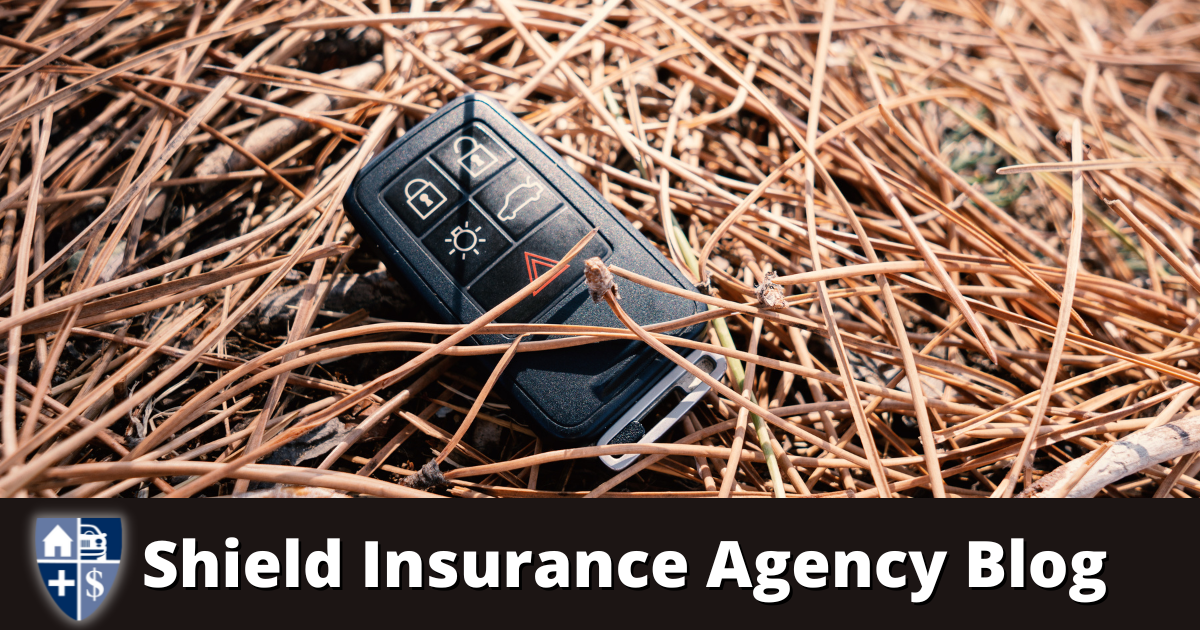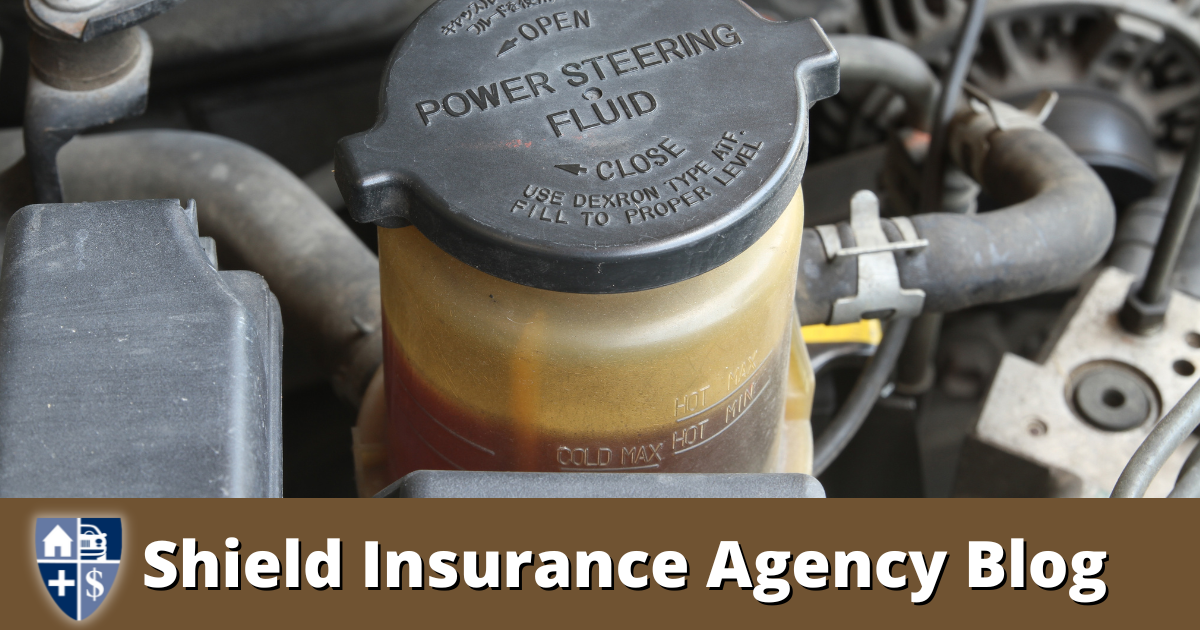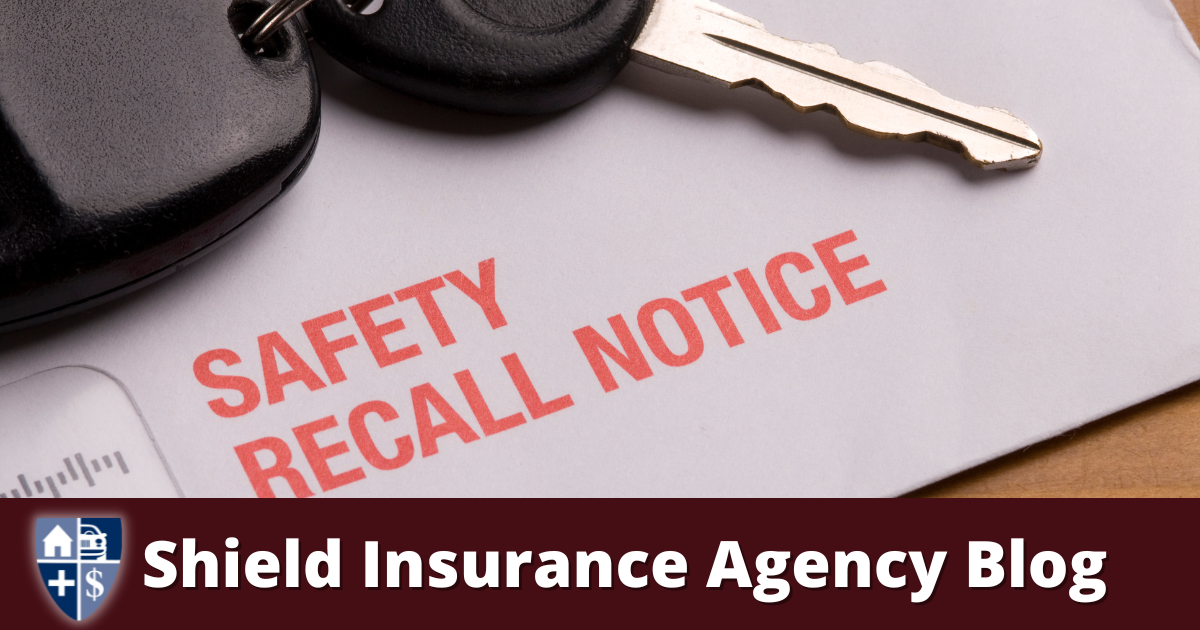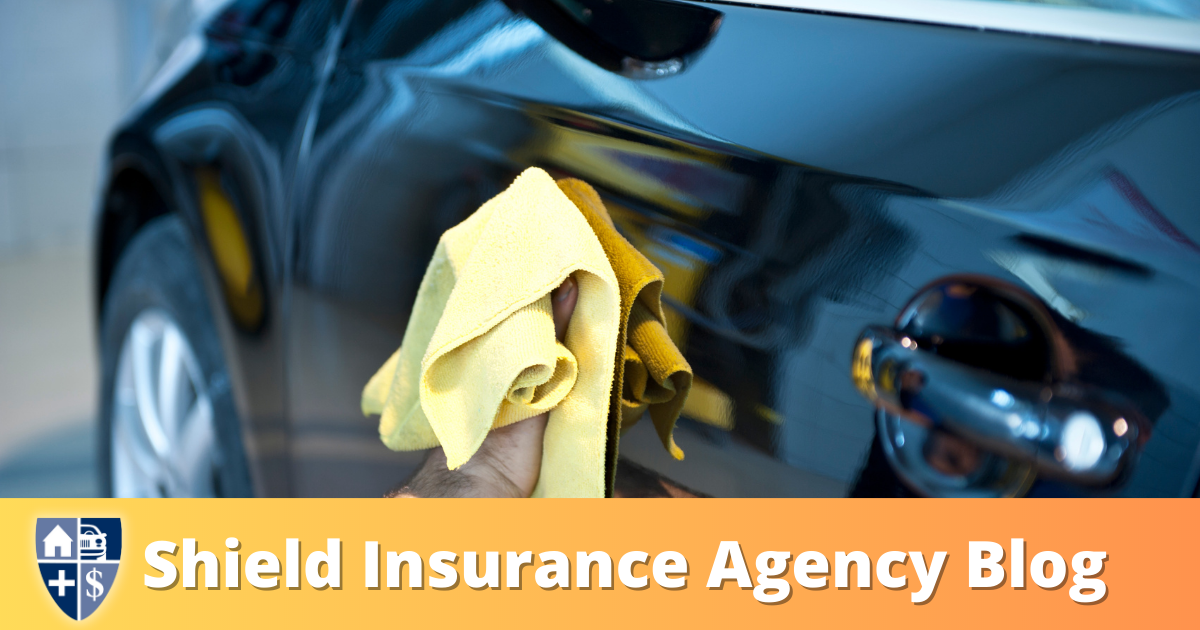
What to Do if You Lose Your Car Keys
Nationwide | December 10, 2021| Car Keys | Auto Insurance | Start a quote today!
It’s something you never want to think about but losing your car keys can happen to just about anybody. No matter how careful you are, all it takes is one second of forgetfulness to send yourself into a spiral of panic and anxiety.
If you’ve never lost your car keys before, you might be surprised to find out that car keys are the third-most misplaced item1.
Sometimes, you’re running a quick errand and jump out of your car only to have forgotten them on the seat. Other times, you’re coming home after a long day at work and throw your keys down somewhere you can’t remember the next day. No one wants to experience any of these instances, but they do happen. And it’s important to be prepared.
So, what do you do when you find yourself in a situation where you’ve lost your keys?
Retrace Your Steps
The first step in finding lost keys is retracing your steps. This sounds easy enough, but when you’re in panic mode, it can seem daunting.
When retracing your steps, it’s important to remember the last time you remember seeing your keys. Where you were? What you were doing? What did you do next? This can help you find your starting point.
Maybe you drove home and left them in your car or maybe you left them on the table at the restaurant you were just visiting. Retracing your steps is essential for giving you somewhere to start before resorting to any unfavorable calls.
If you truly have lost your keys, however, it’s time to call in an automotive locksmith. These specialists can help you get back on the road in no time. You’ll need to have some key information, however – so let’s find out what you need to make this process as seamless as possible.
Understand the Different Types of Car Keys
Knowing and understanding the differences in types of car keys is important for ensuring the process of finding or replacing them runs smoothly and seamlessly. You’ll need to inform your locksmith so they can get in with ease, but even before you make the call, you’ll need to know which locksmith will be able to help you based on the type of key you’ve lost.
Traditional car keys
A traditional car key is – you guessed it – traditional. These keys look and feel like classic keys, and work by being inserted into an ignition cylinder and turned to start the vehicle.
Transponder key
A transponder key is similar to a traditional key, but the difference is the head. At the top of the key is an electrical element that often contains buttons to lock and unlock your car, as well as open the trunk and set off an alarm.
This electrical element also contains a chip that’s necessary to start the vehicle.
Key fob with switchblade key
These types of keys include remote fobs that can lock and unlock the vehicle, with a spring-loaded key mechanism that folds into the fob like a switchblade. This dual system allows for remote access to the vehicle and a sleeker, minimal key design that folds into itself for easier transport.
Smart car keys
Smart keys are often called ‘keyless ignition’ keys. They’re used in place of actual keys. When used, drivers can unlock their cars remotely and use a push-start button system to start the car, not needing to insert a key into the ignition to get the engine running.
Can a Locksmith Make a Car Key Without the Original?
An experienced locksmith should be able to make you a car key without the original as long as it’s a traditional key. If your vehicle utilizes fobs, transponders, and smart keys, you’ll have to contact the dealership to get a new device created.
How Much Does it Cost to Replace a Car Key?
There is no standard price for a replacement car key, especially considering the many different types of car keys available today.
For traditional keys and fobs, the price is relatively low compared to the more complex keys – ranging from $50 to $1002. Fobs, however, can be programmed yourself or at the dealership which can cut down on these costs.
Transponder keys can cost around $200 to replace, but costs depend on whether you’re going through a locksmith or a dealer.
Switchblade keys are even pricier, averaging closer to $3003 to replace.
Smart keys require going to the dealer for a replacement as they will need to program the device and the vehicle. This can cost between $200 and $500 depending on location, dealership, and vehicle.
Contact a Locksmith Near You
Now that you’re equipped with all the information you need, you can contact a local locksmith. Knowing you’ve exhausted your search, understood what type of key you have, and feel confident and the price and capability of the job, you should have little problem finding the locksmith that’s right for you.
How to Prevent Losing Your Keys
Get a key tracker
Key trackers are a modern, new way to keep track of your keys, wallet, and more. These devices work via an invisible signal that’s transmitted across devices and often connects to an application on your phone.
Popular key trackers include Tile4, Apple AirTag5, Chipolo6 and Cube7 .
Create a designated spot for your car keys
Creating a hanging key holder by the door or a key bowl on a nearby table can be a quick and easy way to make sure you never lose your keys. It can quickly become part of your routine, dropping or hanging your keys as soon as you walk into the door. And it will always be the first place you look when you head on your journey.
Invest in a lanyard or key holder
A lanyard or other transportable keyholder is another simple fix to help you keep track of your keys. A long lanyard, chain, or trinket on your keys can make it harder to lose because of the noise it makes, the length of the attachment, and more. Adding bulk and weight to your keychain will also make it harder to lose when you’re out as you’ll be more likely to miss the feel of the keys in your purse or pocket.
Get a spare key
Another great way to ensure a lost key doesn’t slow you down is by creating a duplicate or requesting a spare. Accidents happen, after all, and things sometimes just disappear. With a spare key, you can be sure that you don’t lose valuable time, money, and energy by retracing your steps and contacting a locksmith.
On the Road and Lost Your Car Keys? Contact Roadside Assistance
In a new place and don’t know how to get to where you need to go? Nationwide offers 24/7 roadside assistance to get you back on the road with ease. To request assistance, just call 1-800-421-3535 or connect through the Nationwide Mobile app.
If you’re not already part of the Nationwide insurance community, you can get started quickly and easily. Contact Nationwide for an auto insurance quote to get started.
2https://www.edmunds.com/car-maintenance/the-high-cost-of-losing-your-keys.html
3https://www.carfax.com/blog/lost-car-key-fob-replacement
4https://www.thetileapp.com/en-us/
5https://www.apple.com/airtag/
Disclaimer:
The information included is designed for informational purposes only. It is not legal, tax, financial or any other sort of advice, nor is it a substitute for such advice. The information may not apply to your specific situation. We have tried to make sure the information is accurate, but it could be outdated or even inaccurate in parts. It is the reader’s responsibility to comply with any applicable local, state, or federal regulations. Nationwide Mutual Insurance Company, its affiliates, and their employees make no warranties about the information nor guarantee of results, and they assume no liability in connection with the information provided. Nationwide, Nationwide is on your side, and the Nationwide N and Eagle are service marks of Nationwide Mutual Insurance Company. © 2021 Nationwide and Shield Insurance Agency.



























































